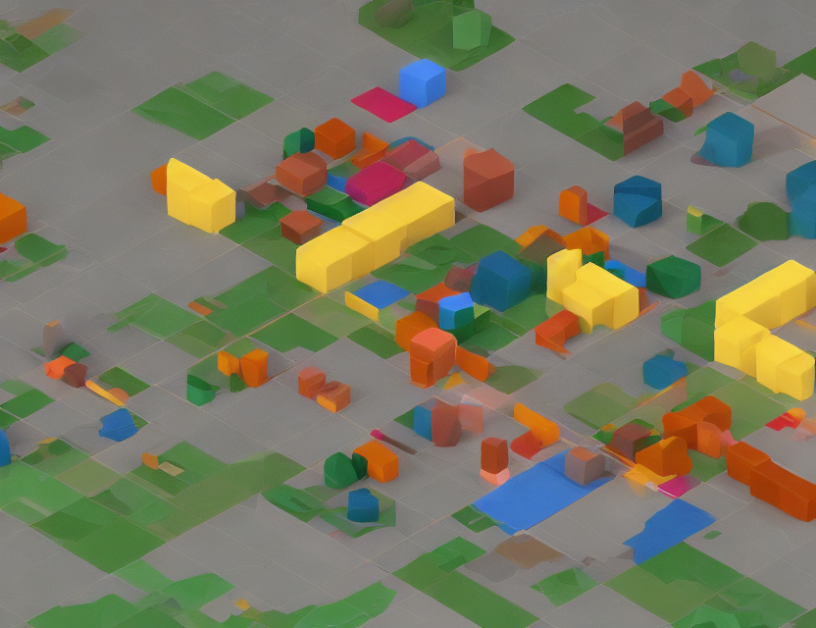In this article, we explore parameterized algorithms for solving problems on bipartite graphs. We start by providing context and explaining the basics of bipartite graphs, including their planar embedding and gadgets. We then dive into the construction process, replacing clause vertices with clause gadgets and variable vertices with variable gadgets.
To better understand the construction process, imagine building a Lego tower with interconnected bricks. Each brick represents a variable or clause vertex in the graph, and the connections between them represent the edges of the graph. By replacing these bricks with Lego gadgets, we create a more complex structure that can help solve problems more efficiently.
We highlight several important concepts, including treewidth, which is a measure of how "tree-like" a graph is, and cuts, which are used to partition the graph into smaller subgraphs. We also discuss the importance of parameterized algorithms, which are designed to solve problems in a computationally efficient manner when dealing with large datasets.
The article then delves into the main result of the research, which is an improved parameterized algorithm for solving certain problems on bipartite graphs. This algorithm builds upon previous work by modifying the construction process and using new techniques to improve efficiency.
To simplify this complex concept, think of it like building a Lego structure with multiple layers. By carefully designing each layer and connecting them in a strategic way, we can create a more efficient and robust structure that can help solve problems more effectively.
Overall, this article provides valuable insights into the world of parameterized algorithms and their applications in solving complex problems on bipartite graphs. By demystifying these concepts through engaging analogies and metaphors, we can gain a deeper understanding of how these algorithms work and how they can be used to tackle challenging computational tasks.
Computational Complexity, Computer Science
Embedding Bipartite Graphs with Applications to SAT Solving



